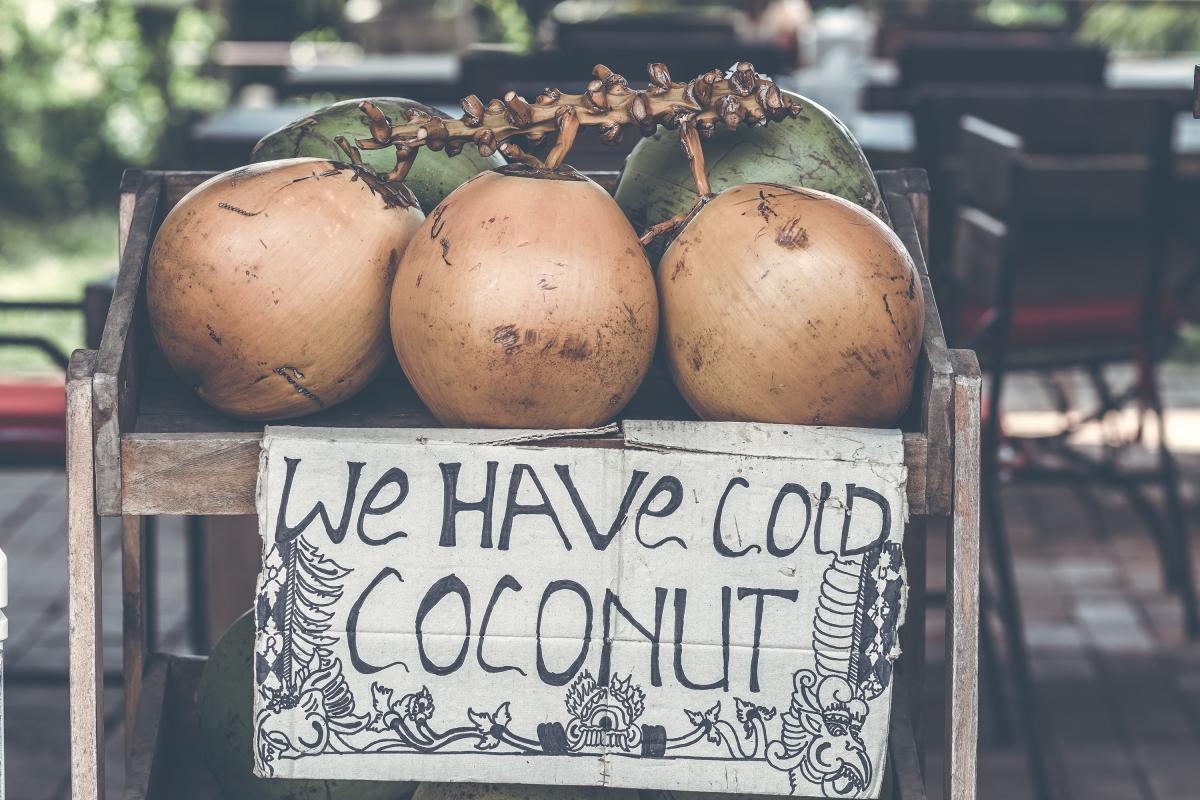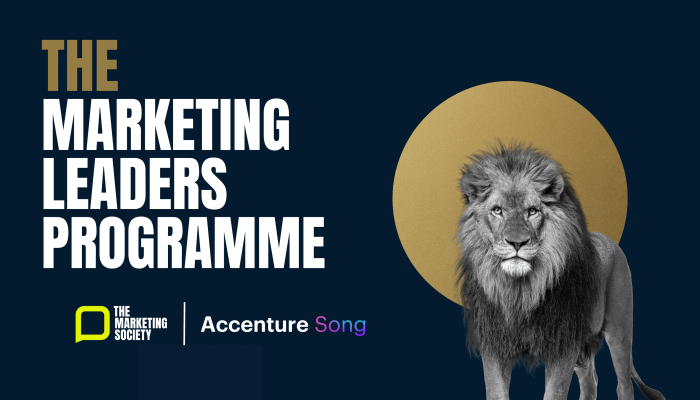Amazon sells us goods.
Google provides us access to information.
Apple ensure a third of our waking time is spent looking at an iPhone.
Facebook (or its subsidiaries Instagram or WhatsApp) facilitate our interactions with each other.
These four corporations enable and influence much of our collective daily experiences.
And corporations like these not only influence how we experience the world, but now rival and compete with states and governments for power.
Sixty-nine of the world’s top 100 global economic entities are corporations, leaving room for just 31 countries on the list. Walmart, the world's largest company by revenue and the world's largest employer has 2.3 million employees in 27 countries.
That’s more than any state’s armed forces or any healthcare provider. If Facebook were a country, it would be the world's most populous nation.
The relentless rise of globalisation has seen our world, on and offline, become homogenised. Many local touchpoints from within our communities are disappearing. The local pub, the library, the sports club, the playing fields, these focal points and hubs for community involvement and interaction are being lost. 27 pubs close in the UK every single week.

For every trend, there is a counter-trend and so with globalisation swings back localisation.
The reaction to globalisation has been for people to become more protective of their communities and the signifiers of ‘local’. As 'local' becomes increasingly scarce, demand for 'local' increases. A more global, connected and homogenised experience of the world means people long to discover the original and unique again. A strong sense of place gives identity and meaning to people, and offers a sense of belonging.
Inevitably, brands are changing their own habits and behaviours to reflect this desire. Today, many brands display a marked emphasis on provenance. Some leverage the cachet of being 'local', but many also challenge existing business models, and can become valued pillars of the community they serve.
“Through social media you can access the world. You can travel without travelling, and have friends all over, which makes you more careful about your local surrounding and your localness too.”
— Asa Caap, Our/Vodka co-founder
Eagle Lager is a Ugandan beer that not only champions Uganda in its marketing but also genuinely helps the local farmers and the communities it serves. Eagle Lager is brewed using Uganda’s home-grown Epuripur Sorghum crop, rather than rely on imported grains. The Sorghum is specifically cultivated for Eagle Lager and provides jobs and training for local farmers.
The company, owned by SABMiller, then ploughs its profits back into HIV/Aids testing, clean water and education in the country.
Others leverage provenance and 'being local' to give the brand greater definition and differentiation. UK spectacles brand Cubitts leverage in its marketing and communications the name, iconography and history of Kings Cross, a geographically small but historically important corner of London.
The area provides the brand with a common and consistent thread which is woven through the brand in sometimes subtle ways. Frames are named after roads in Kings Cross, whilst product descriptions share stories and history from the area’s rich industrial past.
Whilst brands celebrating provenance is not new, using the cachet of a district of London rather than the city itself, is noteworthy for a brand with global ambitions and perhaps illustrates the extent to which being local has become an important brand narrative in itself.

Waterstones takes another approach to leveraging 'local'.
A British brand with over 250 stores across Europe, the book retailer reject the convention of a single brand logo, allowing stores in different regions to display the brand name in various typefaces.
A number of Waterstones stores are also unbranded, blurring the lines between an independent store and a chain, and ensuring those stores fit into and respect local surroundings rather than compete with them for attention.
The local strategy extends to store managers being given autonomy to run community events in store and choose which books are bought in for their customers and particular regional tastes.
The desire from marketers to cater for consumer demands for local brands has also led to controversy. Waterstones received criticism from sections of the public and British press for potentially misleading consumers into thinking the unbranded chain stores were small independent bookshops.
Tesco were found last year to have created fake farm names such as 'Woodside Farms’ in order to give consumers the impression that intensively farmed produce was instead from real, small-scale farms. Tesco faced a backlash from angry consumers who felt misled by the fake branding and the environmental charity Feedback Global awarded Tesco with its ‘Total Bull’ award for the scandal.
Nike's 'Nothing beats a Londoner' campaign won many plaudits for its zeroing in on London and capturing the romance and excitement of being a Londoner. Nike received a substantial amount of criticism too however for neglecting other cities in Britain (particularly in the North of England) and for also failing to include a single Asian person in the ad despite 18.4% of London's population being Asian.
Whether leveraging a regional identity for the brand like Cubitts, or using a localised approach in terms of the strategy like Waterstones, a local approach will naturally connect and appeal to some and perhaps dissuade and invite criticism from others. But with globalisation and its consequences increasingly becoming something to rally against, a 'local' approach is becoming a more popular, powerful and engaging strategy for brands and businesses to take.
Insights for a successful local strategy
- Ensure the provenance or connection to being local is authentic and credible
-
Amplify the differences, making the local identity dramatic across communications and experience
-
Ensure the local identity is consistent and coherent throughout the brand and brand experience
-
Challenge the existing business model by using local partners or by localising the business supply chain or part of the supply chain.
This article originally appeared on thechallengerproject



